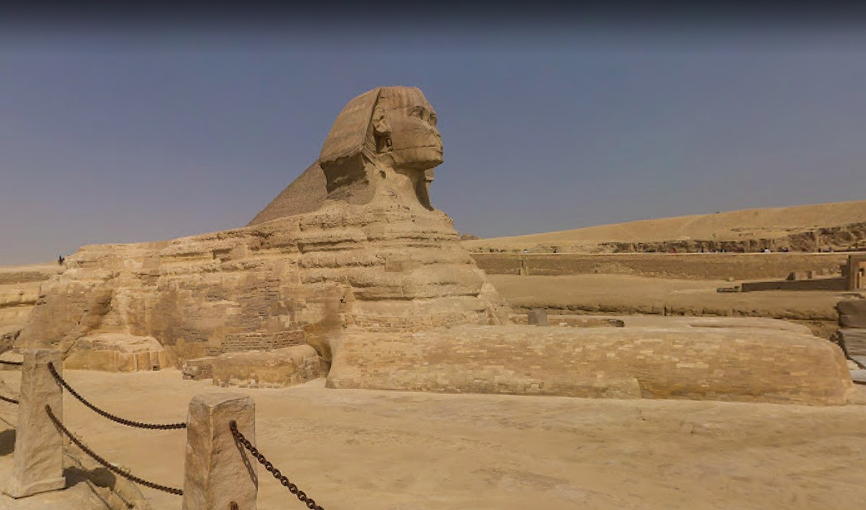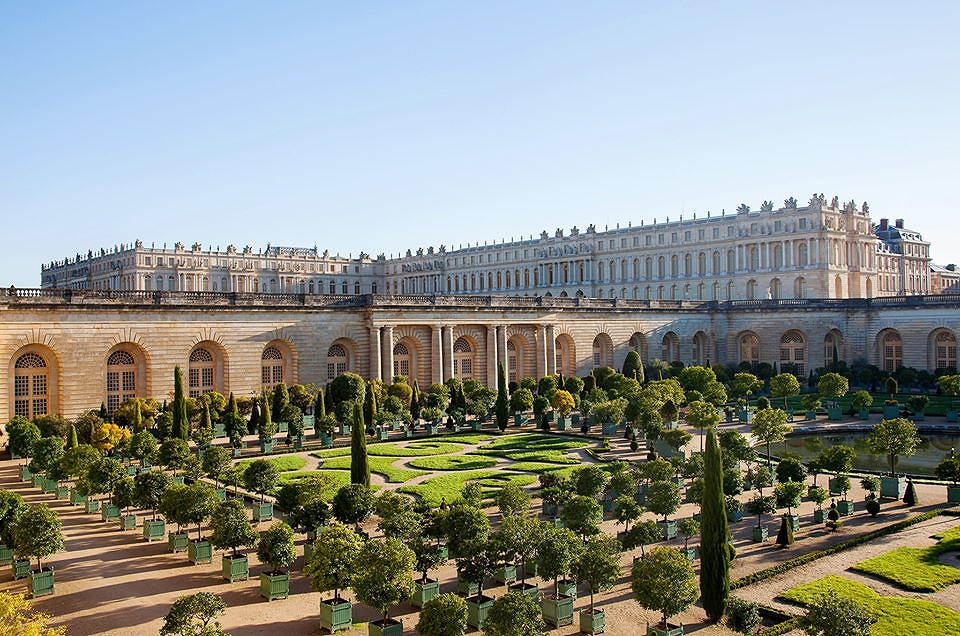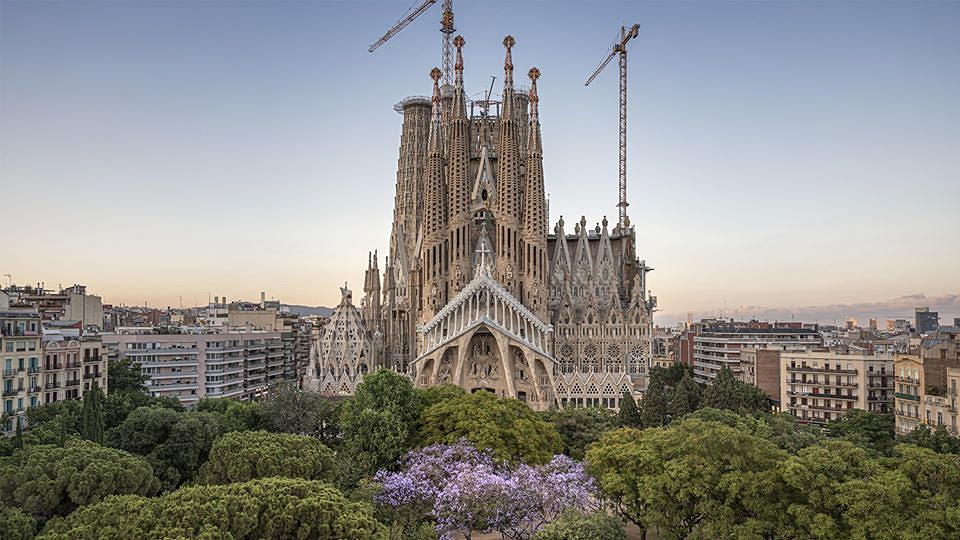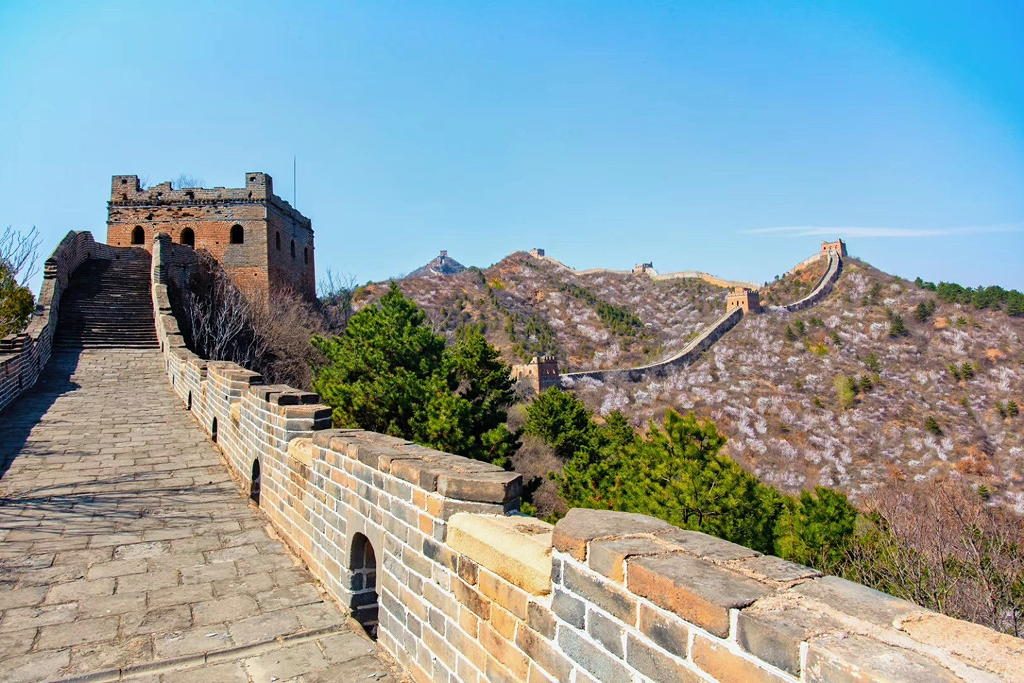What do Stonehenge, the Taj Mahal, Château de Versailles, and Machu Picchu all have in common? These breathtaking monuments have all been designated UNESCO World Heritage Sites. UNESCO, the United Nations Educational, Scientific and Cultural Organization, selects World Heritage Sites based on cultural, historical, scientific, or other form of significance judged to be important for the collective and preservative interests of humanity. Today there are 869 cultural World Heritage Sites around the world.
Now you can visit some of the most popular UNESCO World Heritage Sites with virtual tours from Google Earth, Google Arts and Culture, and other digital platforms – all from the comfort of home! To access your virtual tour, tap or click on each monument’s name which appears in bold below.

The Taj Mahal is an immense mausoleum of white marble, built in Agra between 1631 and 1648 by order of the Mughal emperor Shah Jahan in memory of his favorite wife. The Taj Mahal is the jewel of Muslim art in India and is considered to be the greatest architectural achievement in the whole range of Indo-Islamic architecture.

The Great Sphinx of Giza, commonly referred to as the Sphinx, is a limestone statue of a reclining or couchant sphinx (a mythical creature with a lion’s body and a human head) that stands on the Giza Plateau on the west bank of the Nile in Giza, Egypt. The face of the Sphinx is generally believed to represent the face of the Pharaoh Khafra.

In ancient times, the Great Pyramid of Giza was considered to be one of the Seven Wonders of the World. Today it is the last standing wonder of the ancient world, as the other five were destroyed by fire or earthquakes. The capital of the Old Kingdom of Egypt is known for its extraordinary funerary monuments, including rock tombs, ornate mastabas, temples and pyramids.

Listed for the past 30 years as a UNESCO World Heritage Site, the Palace of Versailles constitutes one of the finest achievements of French art of the 17th century. The former hunting lodge of Louis XIII was transformed and extended by his son Louis XIV who installed here the Court and the government of France in 1682. Up until the French Revolution, a line of kings succeeded each other, each taking his turn to embellish the Palace, The Hall of Mirrors, the King’s Grand Apartments, and the gardens. The Palace of Versailles is one of the most visited cultural sites in the world today.

Take an interactive tour of Stonehenge with 360 degree views from inside the monument, courtesy of English Heritage. Located in south Wiltshire, Stonehenge, Avebury and Associated Sites are home to some of the most famous megaliths in the world. The significance of these prehistoric monuments is still being explored and understood. English Heritage cares for over 400 historic buildings, monuments and sites, from world-famous prehistoric sites and grand medieval castles to Roman forts and a Cold War bunker.

Machu Picchu is a 15th-century Inca citadel in the Eastern Cordillera of southern Peru perched on a 7,970 ft mountain ridge. It is located in the Cusco Region, Urubamba Province, Machupicchu District, above the Sacred Valley, 50 miles northwest of Cuzco. The Urubamba River flows past it, cutting through the Cordillera and creating a canyon with a tropical mountain climate.

Archaeological Areas of Pompeii, 79 CE, Italy
The impressive remains of the towns of Pompei and Herculaneum and their associated villas, buried by the eruption of Vesuvius in AD 79, provide a complete and vivid picture of society and daily life at a specific moment in the past that is without parallel anywhere in the world.

Angkor Wat, 12th century CE, Siem Reap, Cambodia
Angkor Wat is a temple complex in Cambodia and the largest religious monument in the world. It was built by the Khmer King Suryavarman in the early 12th century in Yaśodharapura, the capital of the Khmer Empire, as his state temple and eventual mausoleum. The temple is at the pinnacle of the high classical style of Khmer architecture, and has become a symbol of Cambodia, appearing on its national flag and is the country’s prime attraction for visitors.

Basílica de la Sagrada Família, Barcelona, Spain
The Basílica Temple Expiatori de la Sagrada Família is a large Roman Catholic church designed by Catalan architect Antoni Gaudí that has become the symbol of Barcelona, Spain. Although incomplete, the church is a UNESCO World Heritage Site, and in November 2010 Pope Benedict XVI consecrated and proclaimed it a minor basilica. Construction of Sagrada Família had commenced in 1882 and Gaudí became involved in 1883, taking over the project and transforming it with his architectural and engineering style, combining Gothic and curvilinear Art Nouveau forms. Gaudí devoted his last years to the project.

The China Guide is offering armchair travelers the chance to take a virtual hike on the Great Wall of China. As China’s most famous attraction, the Great Wall of China is an essential stop on all China tours. Commonly considered a wonder of the world, the Great Wall boasts a history of over 2,000 years and stretches more than 3,000 miles across several provinces of northern China, making it one of the most impressive ancient structures on the planet.
Photo credits:
Photo #1: English Heritage
Photo #2: Google Arts and Culture
Photo #3: Google Earth
Photo #4: Google Maps
Photo #5: Château de Versailles
Photo #6: English Heritage
Photo #7: Google Arts and Culture
Photo #8: Google Arts and Culture
Photo #9: Google Earth
Photo #10: Basilicadela Sagrada Familia
Photo #11: The China Guide





